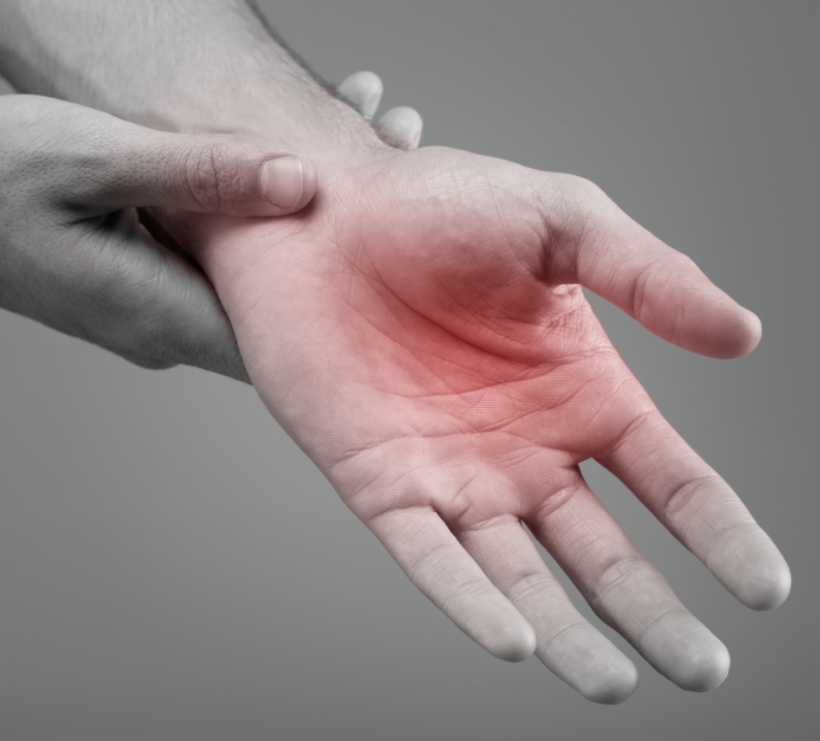Look deep into nature, and then you will understand everything better
– Albert Einstein
This article presents a pertinent perspective on a topic, although it should not necessarily be perceived as absolute truth. As you read this short article, remember that checking more than one source before accepting anything as truth is paramount.
The benefits of modern medicine
Rheumatic diseases are an umbrella term for various conditions, including rheumatoid arthritis (RA), osteoarthritis (OA), systemic lupus erythematosus (SLE), and gout, to name a few (Pabón-Porras, 2019). These diseases can cause deformities in the fingers and knees, among other issues, significantly impacting the quality of life for those affected. Some conditions, like osteoarthritis, are associated with aging, while others, such as rheumatoid arthritis, are autoimmune. Unfortunately, there is currently no definitive cure for these diseases; therefore, the focus is on managing symptoms, primarily pain, which is a common denominator among all these conditions.
In cases of arthritis affecting the fingers, pain medications are commonly used. Sometimes the pain is so severe that people receive injections directly into the fingers. In most cases, pain treatment is typically coupled with physical therapy. In fact, exercising improves mobility in people with RA (Jahanbin, 2014). Nonetheless, pain medications do not offer a permanent solution, though they can help alleviate discomfort (Fitzcharles, 2010). However, the financial burden and potential long-term consequences associated with medically prescribed pain remedies can be significant. For instance, long-term low-dose prednisone (< 10 mg/day) can cause a decrease in bone density in the spine and femoral head of people suffering from RA (Buckley, 1996). Similarly, a preclinical study published in 1994, revealed long-term side effects, including osteopenia and bone resorption, of low-dose methotrexate (MTX) in rats (May, 1994). Although low-dose MTX is widely used for the treatment of RA and is said to present minimal systemic side effects (Weinblatt, 1985), there is a potential neglect of methotrexate’s long-term effects on human bone metabolism.
There is always an alternative
Many reports suggest that vitamins might provide an alternative to pain medications. For instance, Newnham discussed his experience with arthritis in the Journal of Nutrition and Health in 2004, noting how a low dose of boron helped him manage his symptoms (Newnham, 2004). When people did not believe him, Newnham conducted a clinical trial to prove boron’s effectiveness in managing osteoarthritis pain (Travers, 2009). Interestingly, he is not the only one reporting such benefits from non-pharmaceutical pain remedies. This raises an important question: Could managing some rheumatoid-associated pain be as simple as changing our diet?
Shmagel and his collaborators showed a positive correlation between low magnesium diet intake and osteoarthritis knee pain in caucasian Americans. Their 4-year study revealed that only people with low magnesium intake (below 300 mg) experienced osteoarthritis-related knee pain after excluding confounding factors. Therefore, implying a correlation between magnesium insufficiency and osteoarthritis knee pain (Shmagel, 2018). Frestedt and his colleagues corroborate Shamgel’s findings in their three-month trial. Nonetheless, although the pain was more manageable, it did not completely disappear. It is possible that a three-month period is not sufficient to achieve a pain-free state (Frestedt, 2008)
Banuls-Mirete published a review in Springer Nature in 2020 explaining the impact of dietary changes on pain management and mobility in patients with osteoarthritis and rheumatoid arthritis. They compiled findings from preclinical and clinical research that point in the same direction: an increased consumption of food rich in polyphenols (fruits, vegetables, grains, and even green tea) provides significant antioxidative and anti-inflammatory benefits (Marina Bañuls-Mirete, 2020). However, the story does not end there; substantial research supports the idea that dietary improvements can alleviate rheumatoid symptoms, including pain and mobility issues.
Where do we go from there?
In addition to the dietary changes mentioned above, vitamins such as magnesium and calcium have been shown to benefit rheumatoid pain management and inflammation, as highlighted by numerous studies. It is worth noting that these vitamins do not present significant side effects when taken at low doses.
Given the wealth of information provided on dietary supplements, diet, and their impact on rheumatic pain management, one can only help but ask: Should dietary changes or vitamin supplements be the first line of treatment for rheumatic pain? Answering this question will require a reevaluation of the traditional Western medical system.
References
3- Fitzcharles, M. (2010). Management of Chronic Arthritis Pain in the Elderly.
6- Weinblatt, M. (1985). Efficacy of Low-Dose Methotrexate in Rheumatoid Arthritis.
7- Newnham, R. (2004). Discovering the Cure for Arthritis.
8- Travers, R. (2009). Boron and Arthritis: The Results of a Double-blind Pilot Study.
11- Marina Bañuls-Mirete. (2020). Micronutrients: Essential Treatment for Inflammatory Arthritis?


One response to “Could the answer be found nature ?”
Great information.